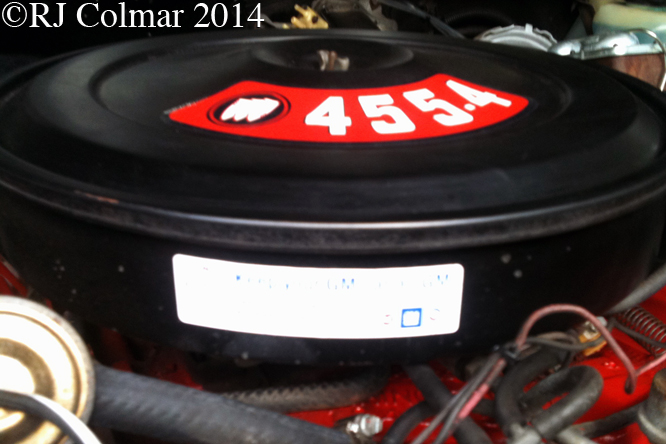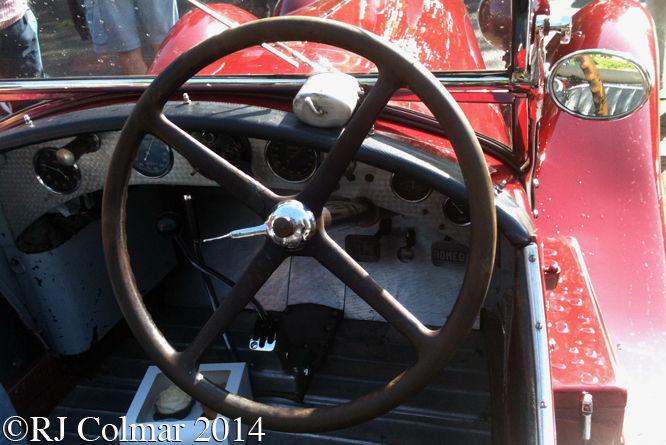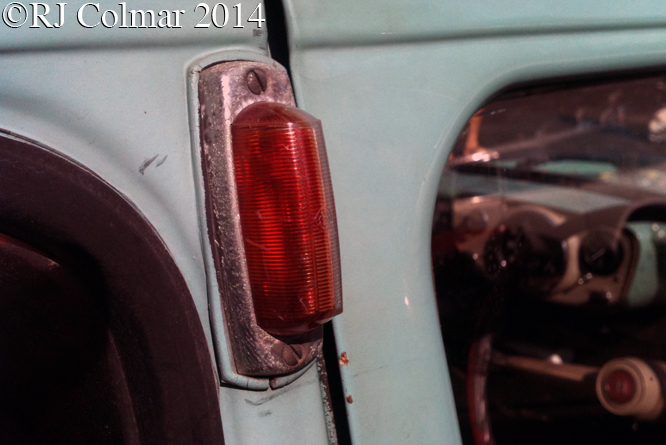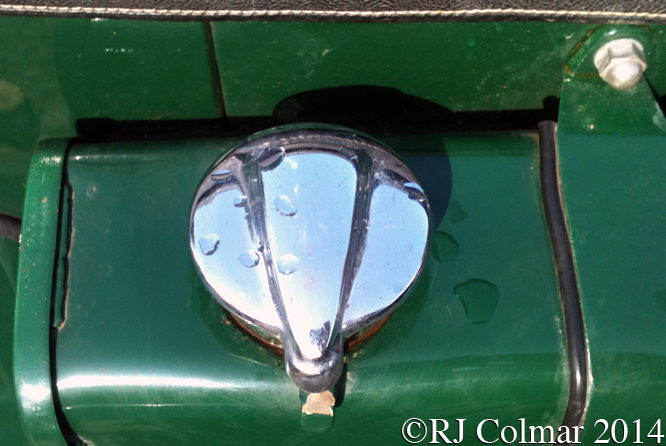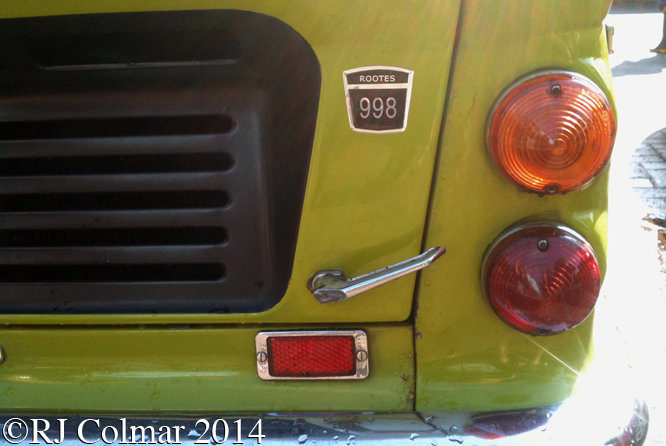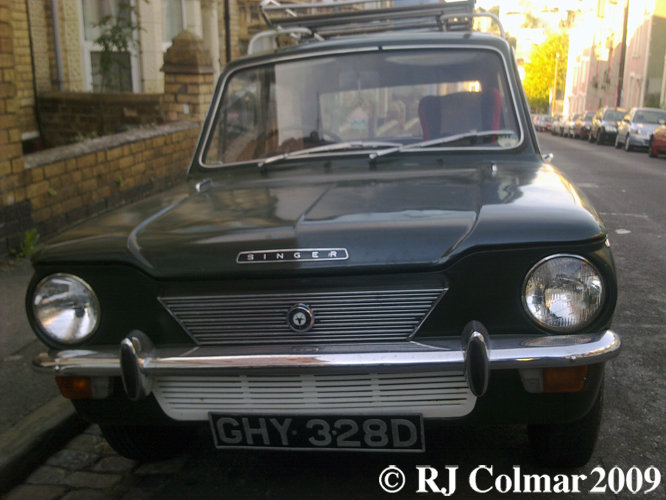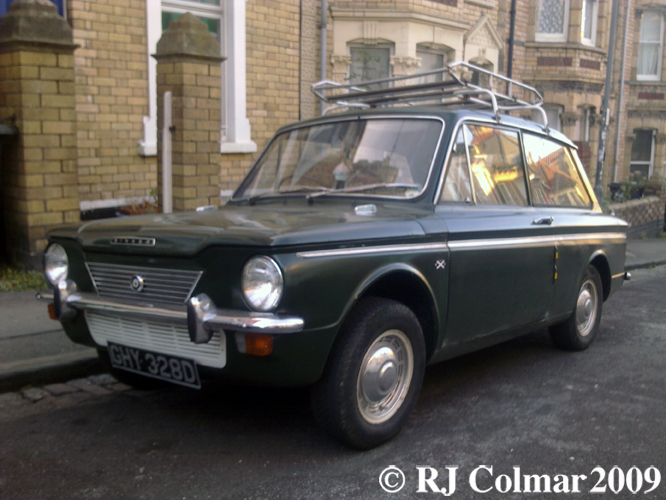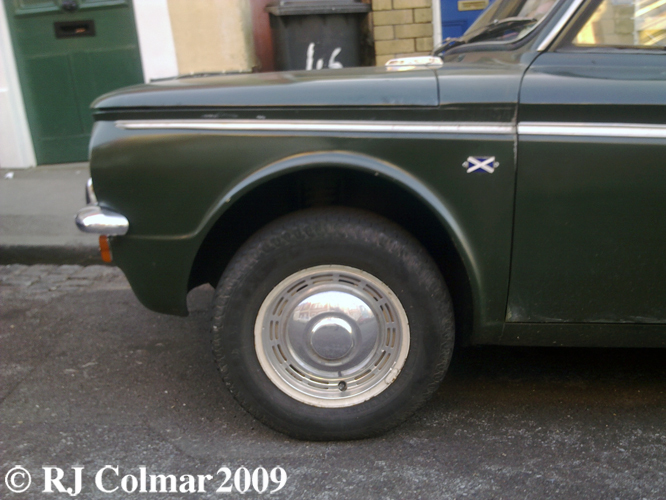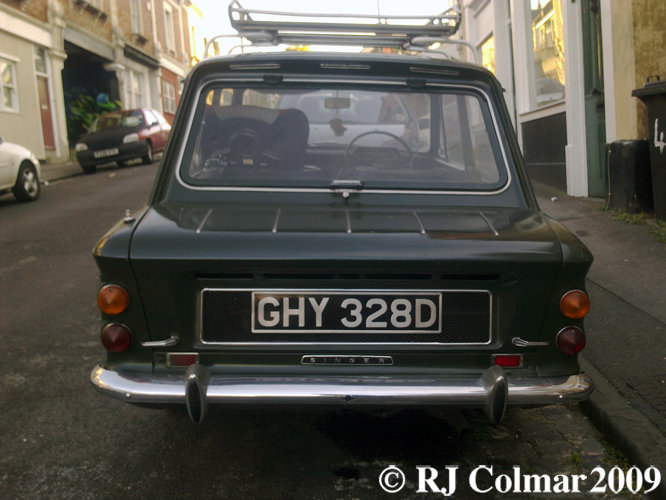In 1932 John Newton Cooper probably became the luckiest 9 year old in Surbiton when his Dad, Cooper Garage proprietor Charles Cooper, built him a car with a motor cycle engine and gearbox in the front and a chain drive to the rear axle.
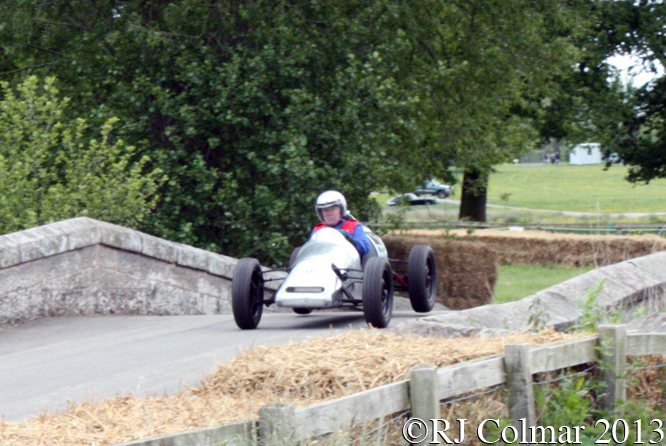
By the time John turned 14 in 1936 his dad had built him another car using Austin Seven components which many years later would be retrospectively given the name T1.
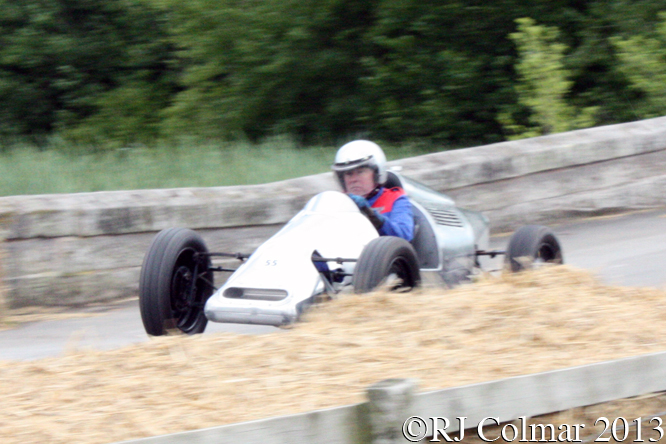
At the same time as Charles was building cars for his son an informal group of motoring enthusiasts known as CAPA were formulating idea’s for an affordable motor sport category and Dick Caesar, the C in CAPA is credited with the idea of using 500 cc motorcycle engines to power specials that could be devised for the category.
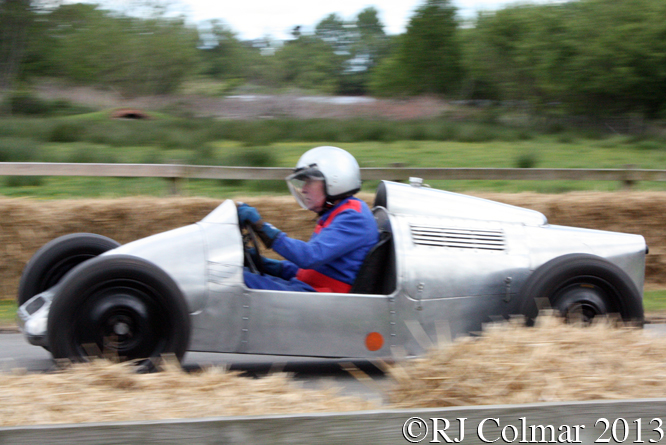
A second group of enthusiasts competing at Shelsley Walsh were also turning to using motor cycle engines for their specials which included David Fry who built a vehicle known as the Freikaiserwagen.
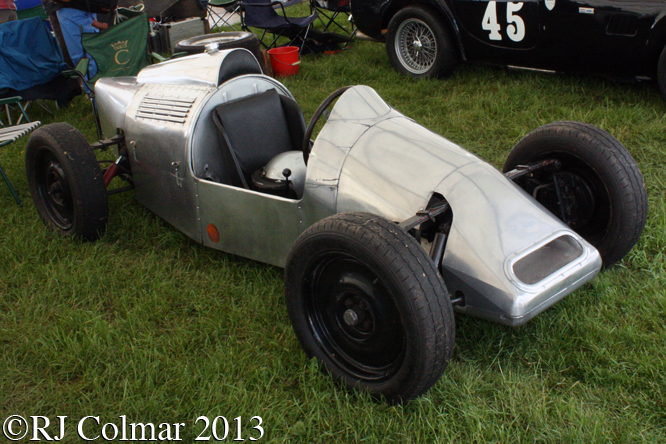
During the ’39 – ’45 war some members of CAPA and others found themselves working at the Bristol Aircraft Company where they formed a motor sports club to further think through their ideas, in 1946 this club was wound up in favour of a non works ‘500 Club’ aimed at organising events for their “500 Formula” which eventually became an internationally recognised category known as Formula 3.
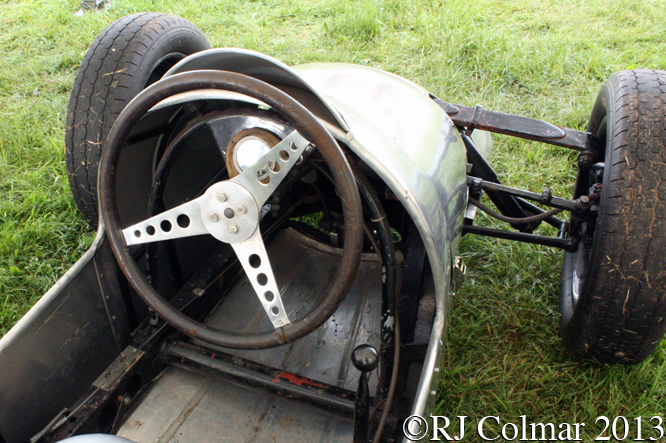
When 23 year old John Cooper and his friend Eric Brandon were looking for a way into motor sport they decided that the new 500 Formula was the way to go and turned to John’s Dad Charles for help.
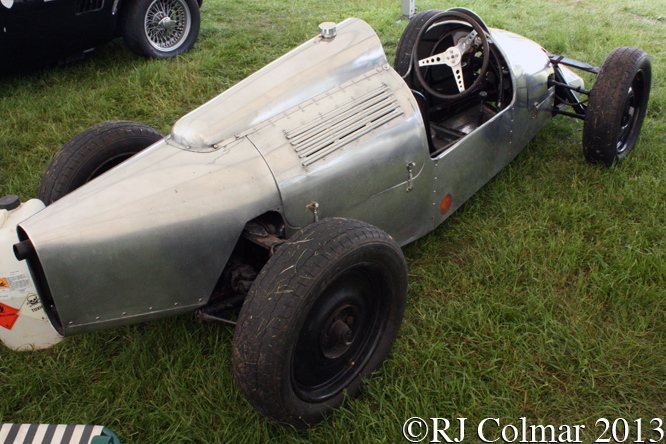
Charles helped John and Eric build two Cooper 500’s which featured FIAT Topolino 500 suspension front and rear connected by a simple frame and a JAP motor, prepared for speedway competition, behind the driver with a gearbox and chain drive to the rear wheels.
These two cars became the first two of an eventual 320 Formula 500 vehicles Cooper Cars are thought to have built between 1946 and 1959, by which time Jack Brabham was on his way to the first of two consecutive world championships driving Coopers latest mid engined Formula One cars.
Peter Harvey is seen at last years Cholmondeley Pageant of Power driving the second Cooper 500 Prototype built for Eric Brandon which was retrospectively given the T3 tag.
Thanks for joining me on this “Can You Help Us Dad ?” edition of ‘Gettin’ a li’l psycho on tyres” I hope you will join me again tomorrow when I be starting a short series of blogs on concept cars. Don’t forget to come back now !


